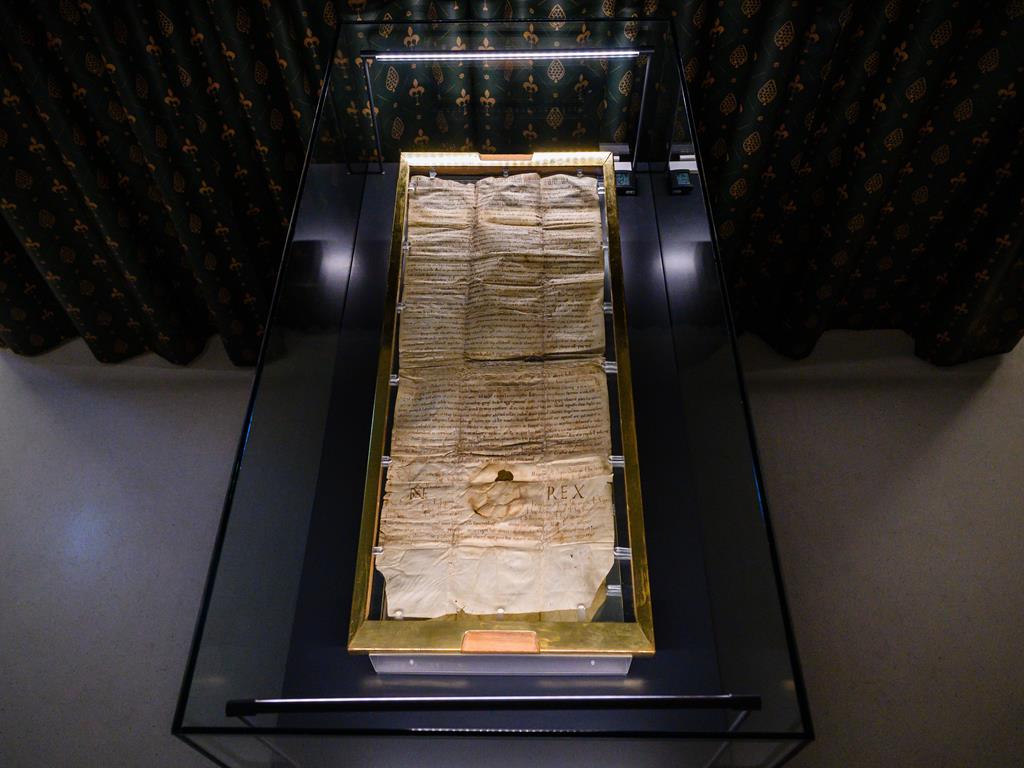PHOTOS: Millenia-old charter with the oldest Hungarian text has been relocated

The transfer of the ancient document was carried out with special care. The Pannonhalma Archabbey, where the Founding charter of the Abbey of Tihany was kept until now, hired a specialised security company for the procedure. You can have a look at the important relic in the Abbey of Tihany until 31 August.
According to Múlt-kor, the founding charter dates back to 1055 and contains the first written Hungarian words. It was kept in the Pannonhalma Archabbey for 500 years. The pages were written on parchment, so they need special protection. It is not only a symbol for the Benedictine monk community of Tihany but also for the entire Hungarian nation.
In a statement, the abbey expressed its commitment to present the history of the charter, the monastery, the abbey’s estates, its people and their colourful artwork to the wider public during the summer. Needless to say, the charter will serve as the centrepiece of the interactive exhibition, which is now open to visitors. The artefact was installed in a separate room, displayed in an artfully designed case, which is equipped with special lighting.
Charter with the oldest written Hungarian words
The document was written in Latin and contains 58 Hungarian words. A few examples are Fehérvár (Székesfehérvár mentioned as FEHERUUARU), hadiút (military road mentioned as HODU UTU) and vár (fort used as UARU). Do you want to learn some basic Hungarian? HERE you can master some useful words and phrases.
The charter was signed by King Andrew I (1046-1060). The co-signers were leaders bearing Slavic, Hungarian and German names. That makes the document a unique symbol of how different nations and cultures co-existed in Hungary a millennium ago. Interestingly, the king’s remains were found in the crypt of the Benedictine Abbey of Tihany.

The museum and archives of Tihany prepare with unique programmes in July and August to present the charter to the public. For more information, you can visit their official website. History buffs should not miss our earlier post written about a rare, 500-year-old Ottoman-era treasure found in Hungary. Click HERE to read the full story.
Source:









